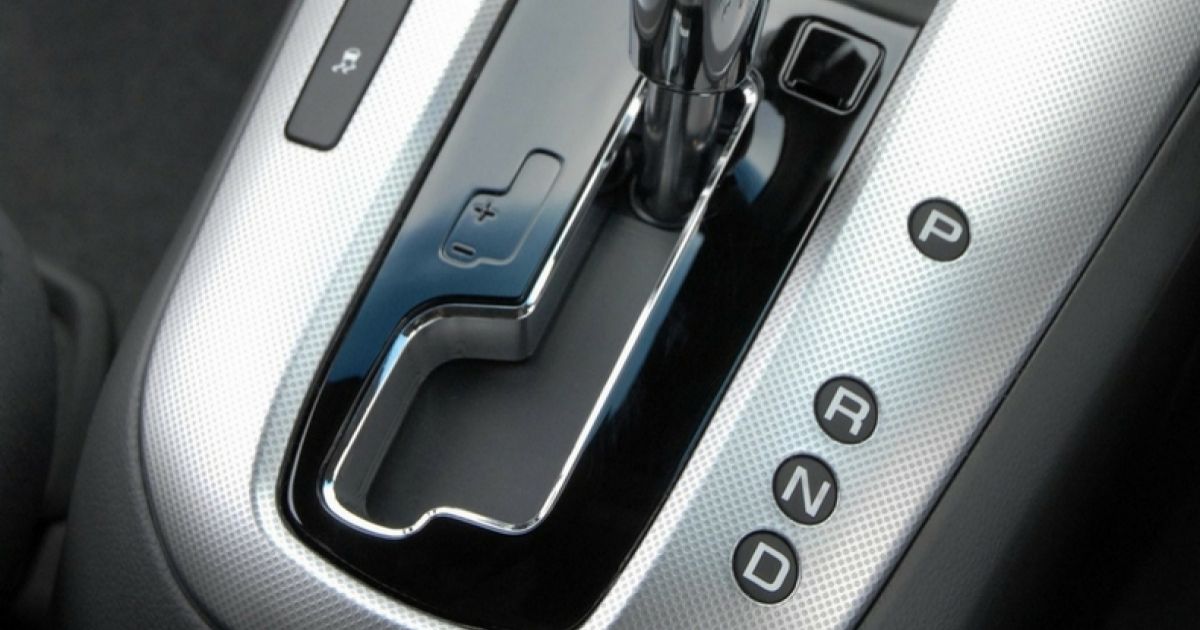The world of automotive engineering is a wondrous tapestry woven from innovation and tradition. Among the most significant advancements in this domain is the automatic transmission. This guide delves into the inner workings of automatic gears, revealing the engineering marvel that lies beneath the surface of your vehicle’s operation.
What is an Automatic Gear System?
At its core, an automatic gear system is a type of transmission that automatically changes the gear ratio as the vehicle moves. Unlike a manual transmission, where the driver must engage the clutch and shift gears, an automatic transmission does all the heavy lifting, allowing for a smoother and more effortless driving experience.
The Components of Automatic Transmission
Understanding the automatic gear system requires a closer look at its key components:
- Torque Converter: This fluid coupling device connects the engine to the transmission, allowing for smooth acceleration and deceleration without stalling.
- Planetary Gear Set: The heart of the automatic transmission, this complex arrangement of gears allows for multiple gear ratios and enables the vehicle to change gears seamlessly.
- Hydraulic System: Utilizing the power of hydraulic fluid, this system engages and disengages gears based on the vehicle’s speed and load.
- Electronic Control Unit (ECU): An onboard computer that monitors various parameters and makes real-time decisions about gear shifts for optimal performance.
- Shifting Mechanism: This can be a traditional gear lever, a rotary dial, or even paddle shifters, depending on the vehicle’s design.
How Does Automatic Transmission Work?
The working of an automatic transmission is a blend of hydraulic engineering and electronic control. Here’s a simplified explanation of the process:
- Power Transfer: The engine generates power, which is transferred to the torque converter.
- Fluid Dynamics: Inside the torque converter, a fluid circulates, enabling the engine to keep running while the vehicle is stationary.
- Gear Selection: As the vehicle accelerates, the ECU determines when to shift gears based on speed and throttle input.
- Engagement: The hydraulic system applies pressure to engage the appropriate gear in the planetary gear set.
- Smooth Transition: The entire process is executed rapidly, providing a seamless driving experience.
Types of Automatic Transmissions
Automatic transmissions come in various forms, each with unique characteristics:
- Conventional Automatic: The most common type, featuring a torque converter and a planetary gear set.
- Continuously Variable Transmission (CVT): Uses a belt and pulley system instead of gears, providing an infinite range of gear ratios.
- Dual-Clutch Transmission (DCT): Combines two separate clutches for odd and even gears, allowing for quicker shifts and improved performance.
- Automated Manual Transmission (AMT): A manual transmission with an automated shifting mechanism, giving a blend of manual control and automatic convenience.
Advantages of Automatic Gears
Automatic transmissions have revolutionized driving, providing several advantages:
- Simplicity: Eliminates the need for manual gear shifting, allowing drivers to focus on the road.
- Comfort: Provides a smoother ride, especially in stop-and-go traffic.
- Fuel Efficiency: Modern automatic transmissions often feature advanced technology that optimizes fuel consumption.
- Performance: Rapid gear shifts can improve acceleration and overall driving performance.
Challenges and Considerations
While automatic transmissions offer numerous benefits, they are not without their challenges:
- Cost: Automatic transmissions are generally more expensive to manufacture and repair than their manual counterparts.
- Complexity: The intricate design can lead to more potential points of failure.
- Driver Engagement: Some enthusiasts prefer the tactile feel of manual shifting and may find automatics less engaging.
Future of Automatic Transmissions
The future of automatic gears is bright, with innovations on the horizon. Here are some trends to watch:
- Electric Vehicles: As the automotive industry shifts towards electrification, automatic transmissions are evolving to accommodate electric motors.
- Smart Technology: Enhanced electronics and AI will lead to even more efficient and responsive gear-shifting systems.
- Hybrid Systems: The integration of traditional automatic systems with hybrid technology is becoming increasingly common.
In the grand tapestry of automotive engineering, automatic gears stand out as a testament to human ingenuity. They simplify driving, enhance performance, and continue to evolve with technology. Whether you’re a casual driver or a car enthusiast, understanding automatic gears enriches your appreciation for the vehicles that move us. Embrace the journey, and let the automatic gears do the work!

